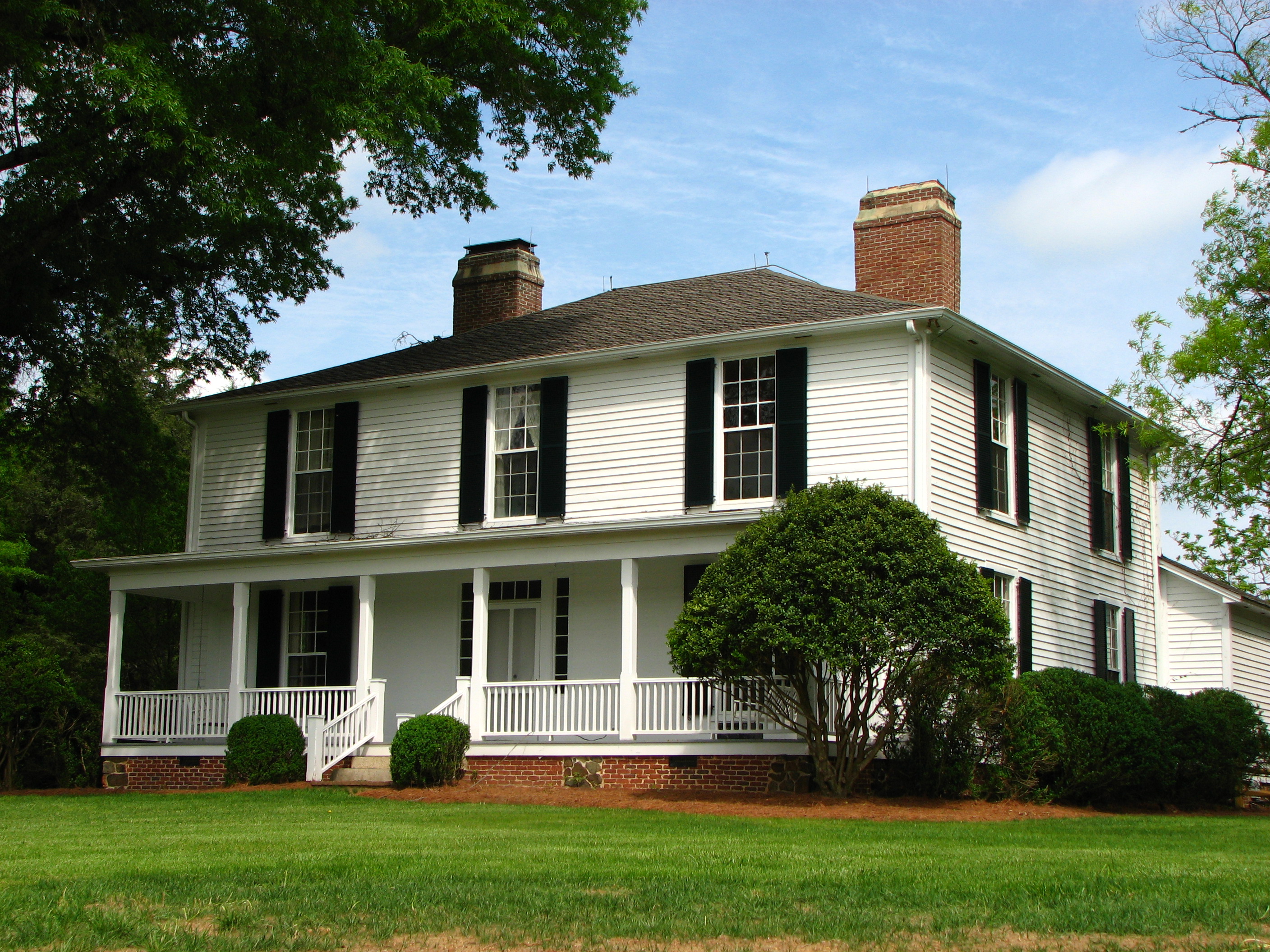One of my regular blog readers suggested months ago that I should put a sample of my writing on my blog. I couldn’t decide what to use. The short stories I’ve written are too long, unless I turn one of them into a series. That’s still a possibility.
That reader’s suggestion wouldn’t let me go. I finally ran out of excuses, so today I’m sharing a story I wrote a few years ago. It’s not fiction. It really happened. It was one of the most harrowing experiences of my life.

“Ride of a Lifetime!” by Janet Morrison
My morning did not get off to a good start. I had an 8:30 appointment to get my car oil changed, although I am not a morning person. It was one of the coldest mornings of the winter. I reached for my cell phone, only to discover the battery was dead. I plugged it into the charger and went out to start my car. It was going to be a typical Monday, or so I thought.
I cranked up the engine so it could warm up while I scraped the heavy frost off the car windows. Vrooooom! The engine roared as if it would leap out from under the hood. The tachometer momentarily shot up to peak range, indicating the cold engine was racing at 5,000 revolutions per minute. But, as suddenly as the engine erupted at top speed, with a quick tap of my foot on the gas pedal, it dropped down to a normal idle.
While I cleared the frost from the windows, the engine purred. I could not have anticipated the wild ride that lay ahead of me. I buckled my seatbelt, and eased out the gravel driveway. There was very little traffic that time of the morning on the country road. School traffic had long since passed, as had everyone needing to get to work in Charlotte by 8:30 or even 9:00 a.m.
My car only reached 25 miles per hour before I got to the stop sign less than a quarter mile up the road. I made a right turn.
Suddenly, the car accelerated beyond my intentions. The gas pedal depressed and pulled away from my foot. The 45 mile per hour speed limit sign blurred as I sped by it going 60. I pumped the brake and slowed the car just enough to round a ninety degree curve. As soon as I let up on the brake, the speedometer again shot up to 60 miles per hour.
Fortunately, I was familiar with every twist, turn, and pothole in the route that lay ahead. The road in front of me played in my head like a movie. Where could I safely get off the road? All the while, I pumped the brake in hopes the problem would correct itself. What in the world was wrong with my car? I wondered if I would live to tell the story.
Just then I came up on a side road that met my way at a T-intersection. I guess the unsuspecting driver of the car that approached on the side road assumed I was traveling at the posted speed limit and was in control of my car. He pulled out in front of me.
“If you only knew!” I screamed, still riding the brake to keep the car under 60 miles per hour.
My luck held, as the other driver disregarded the posted speed limit and was soon a safe distance ahead of me. But, being familiar with the road, I knew my joy ride would end soon, one way or another. Five driveways and two subdivision entrances lay ahead before a hill and a traffic light at a four-lane highway.
“Lord, please get me out of this predicament,” I prayed aloud, hands white-knuckled from gripping the steering wheel. My right foot continued to pump the brake. I visualized the wide but short shoulder on my side of the road at the coming intersection. Meanwhile, the engine continued to roar and the tachometer needle was all over the dial.
I had both feet on the brake pedal and was practically standing up in the car as I crested the hill. The drivers of the cars in my path were blissfully unaware of the impending danger. The shoulder of the road was still narrow. A deep ditch dropped off beyond. The speedometer held in the mid-20s, but hitting the ditch at that speed would mean certain death in my compact car.
“Please, Lord, help me get this car stopped!”
The red traffic light came up fast. The line of cars sat motionless. Then, just when I had to turn the wheel and take my car off the road to avoid causing a six-car pile-up, I came to the wide section of road shoulder. Unable to get the car slowed below 25 miles per hour, I slammed the gear stick into “park.” The car made an awful noise before it stopped a few feet short of a utility pole.
My ride lasted no more than three minutes and covered two and half miles, but it seemed to last an eternity with me not knowing what the final outcome would be. I was safe, though, and no one or their property had been injured.
Another motorist let me use his cell phone to call the automobile club. In a few minutes my car was towed to the garage where they expected me for an oil change.
I nervously waited for the mechanic to check out my car and tell me I had done major damage by stopping it the way I did. My car was old and I had visions of the repair estimate exceeding the value of the car. I braced myself for the bad news.
It turned out that my transmission and engine suffered no damage and the cause of my runaway engine was an inexpensive and easy problem to fix. A squirrel had chewed a hole through my air filter and stored several cups of acorns on the engine. One of the acorns had fallen into the throttle and lodged there. The throttle was wide open and could not close. A squirrel and a tiny acorn could have cost me my life!
A number of well-meaning people have asked me why I did not just turn off the ignition to stop the car in the road. Their insinuation is that doing so would have been the logical thing to do; however, my mechanic said I did the right thing. If I had turned off the ignition, I would have lost my power steering. My mechanic also said it is easy for others to speculate about what they would have done in my situation but, until you are hurtling down a country road with no way to stop your car, you do not know what you would do.
For many months, I thought about that incident every time I got in my car. Would it happen again? Actually, it did, on a six-lane highway in Charlotte. But that’s a whole other story.
For a long time, every time I saw a squirrel in the yards I wondered, Are you the one? I think the culprit moved on to bigger and better things, though. I could have sworn I saw him in a car insurance commercial. You know the one – two squirrels jump out in the road and force a car to wreck. There is something very familiar about one of those squirrels!
Janet





